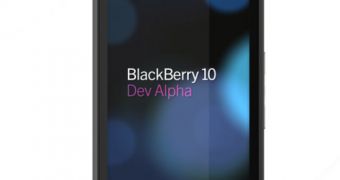With less than three weeks left until BlackBerry 10’s official release, three major carriers in the United States have confirmed their support for the upcoming platform.
Verizon Wireless, AT&T and T-Mobile USA will be among the first operators to offer BlackBerry 10 devices in 2013.
During Consumer Electronics Show 2013 (CES), in Las Vegas, executives at each of these carriers told Reuters that their companies were willing to give Research In Motion (RIM) another chance.
Even though statements are rather evasive when it comes to availability, prices and number of devices, at least RIM fans know what to expect in the coming months.
RIM has already announced that it will launch its BlackBerry 10 operating system on January 30. Along with the new platform, the Canadian company is expected to announce two smartphones as well, the L-Series and N-Series.
Given the fact that RIM is testing these smartphones with more than 150 carriers around the globe, it stands to reason they will be launched worldwide in early February.
RIM’s executives have declined to comment on prices and availability, but said more details will be available on January 30.
It is also worth mentioning that the company said that it wouldn’t sign any exclusivity agreements with carriers, so BlackBerry fans will be able to grab their devices from their favorite operator.
BlackBerry fans in Canada will be happy to know that multiple carriers have already announced that they will offer the new devices revealed by RIM, at the end of the month.
TELUS and Bell have recently opened up pre-registrations for BlackBerry 10 devices, so customers who want to receive the latest info on the N-Series and/or L-Series smartphones only need to offer their contact details.
BlackBerry 10 was recently demoed at CES 2013 and proved to be fast and intuitive. It is clear that the new devices and the new platform are a step forward in comparison with the old one. It remains to be seen how fast it will be adopted on the smartphone market.

 14 DAY TRIAL //
14 DAY TRIAL //